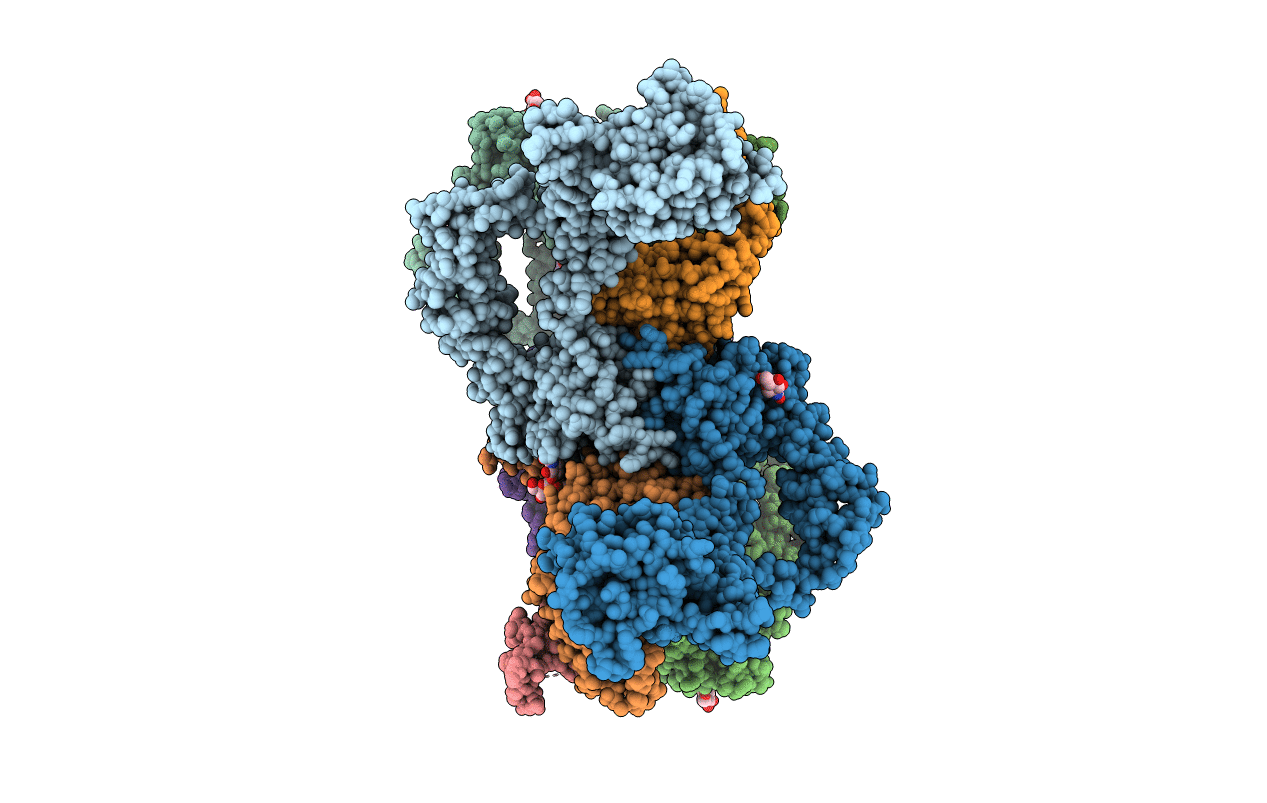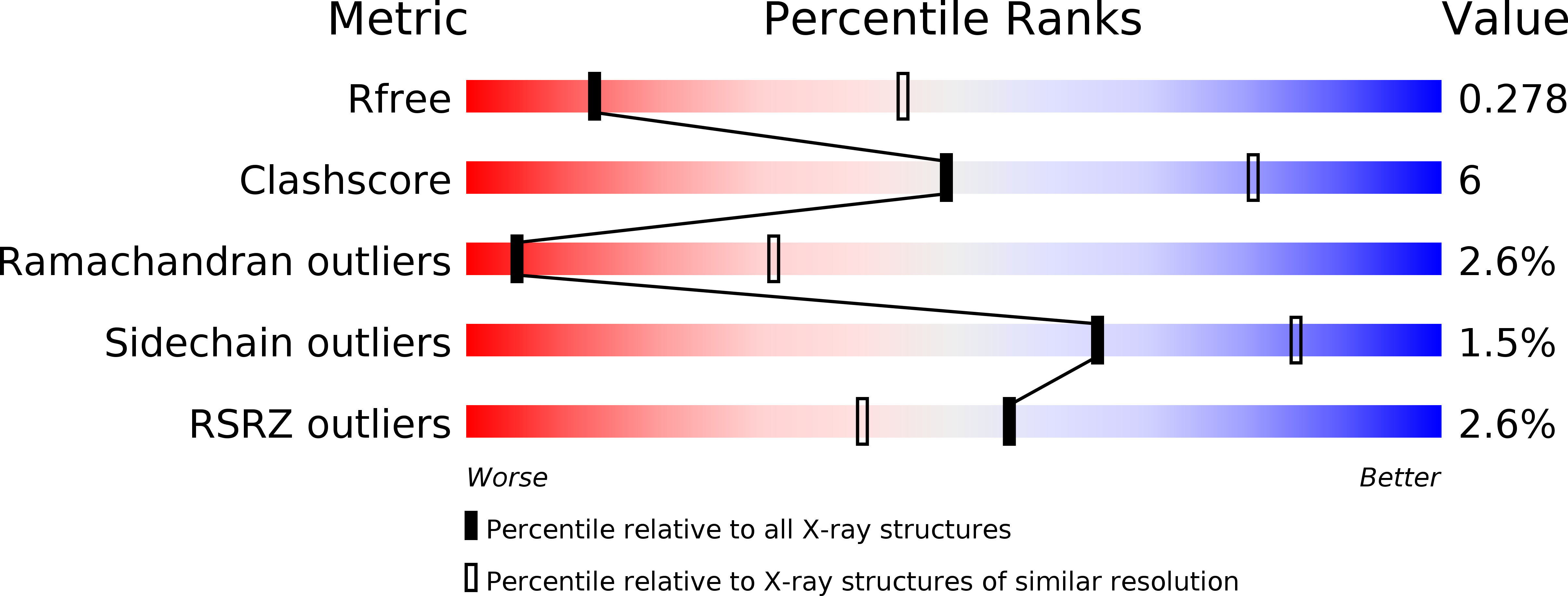
Deposition Date
2015-07-25
Release Date
2015-10-14
Last Version Date
2024-10-16
Method Details:
Experimental Method:
Resolution:
3.20 Å
R-Value Free:
0.27
R-Value Work:
0.25
R-Value Observed:
0.25
Space Group:
P 1


